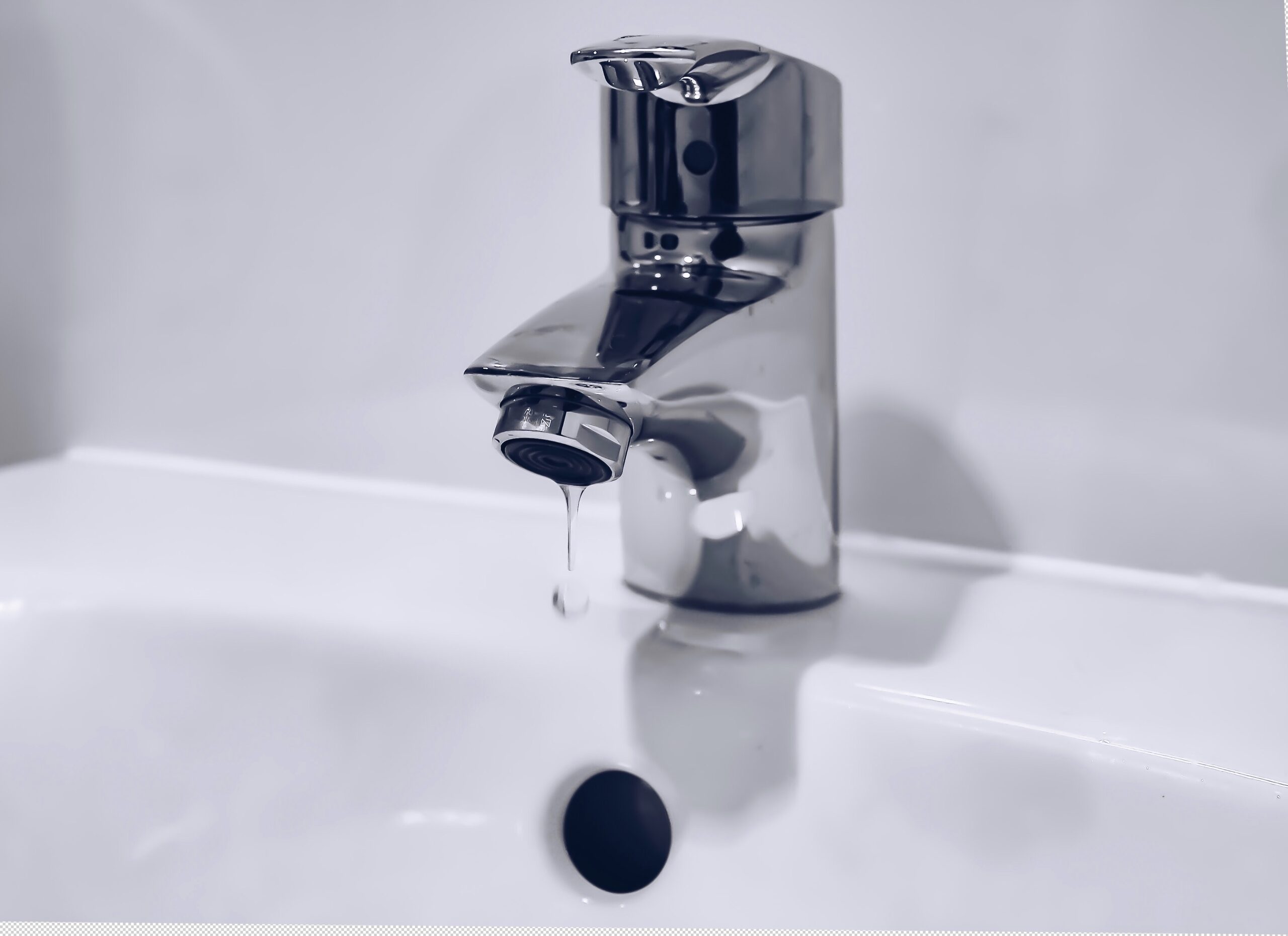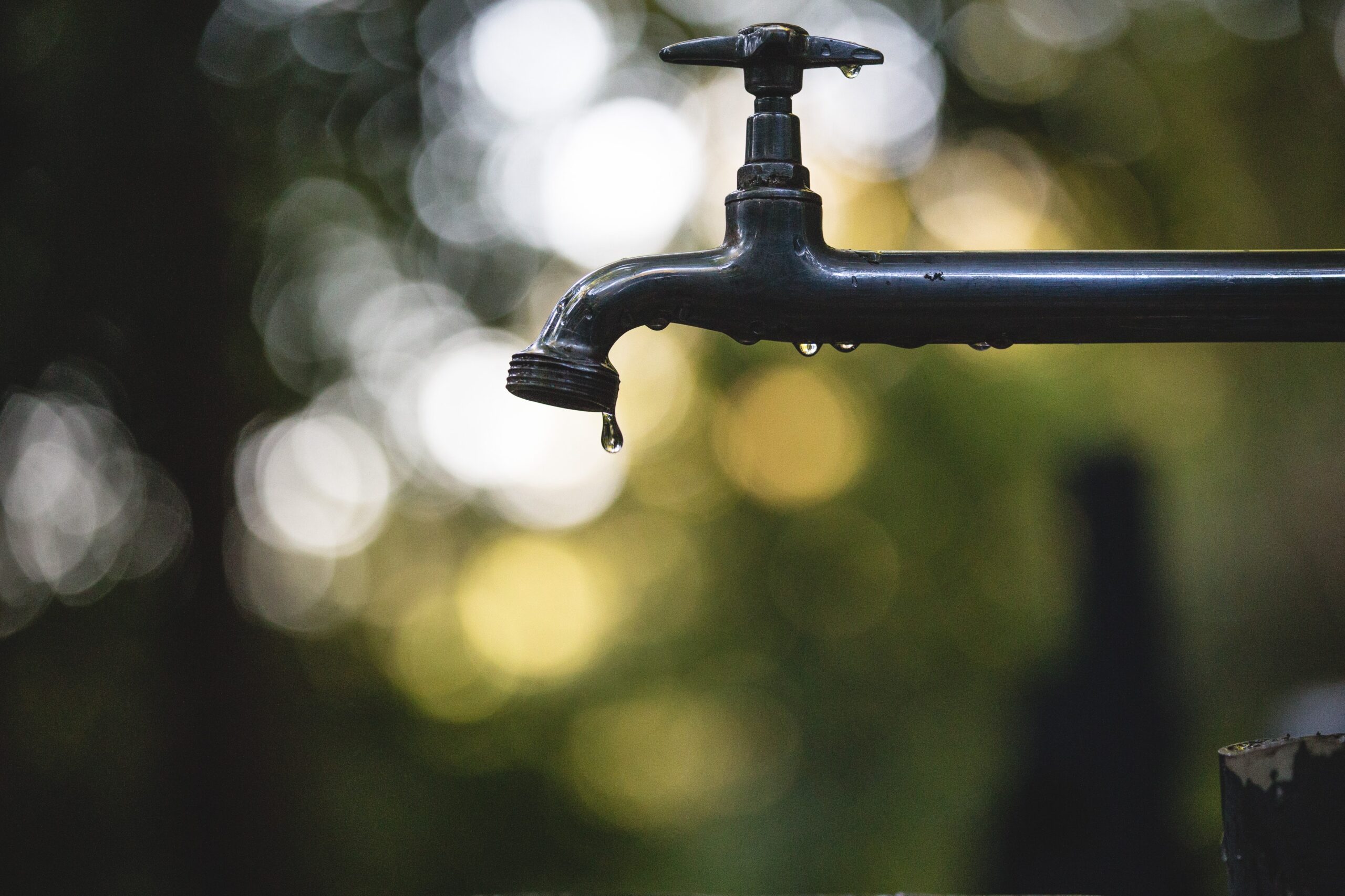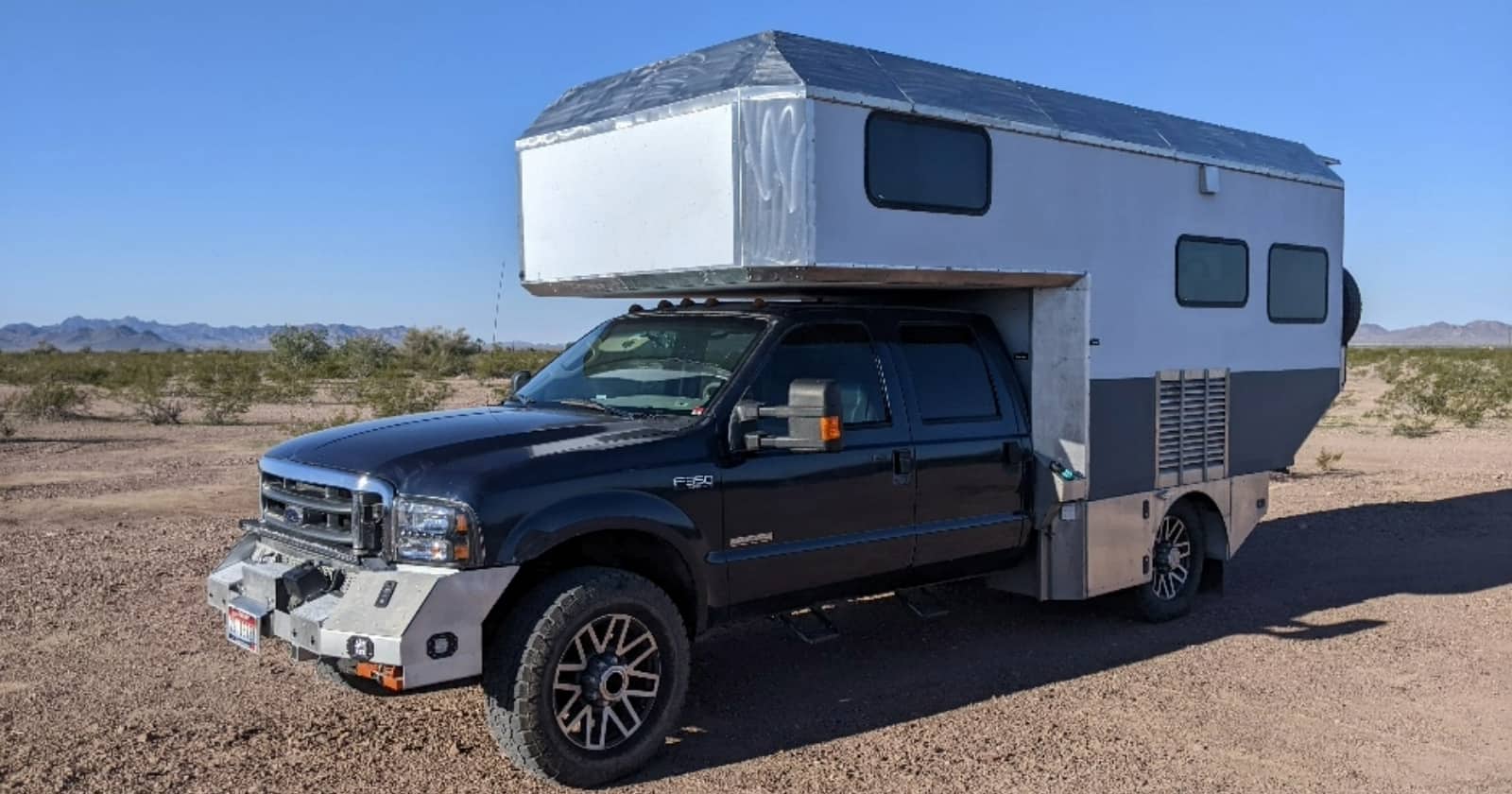
How To Increase Water Pressure In An RV
Problems with your RV are always annoying, especially if they pop up when you’re trying to enjoy a relaxing trip. One annoying problem that many people run into while camping is low water pressure. This leaves many people wondering how to increase water pressure in an RV.
Fortunately, increasing water pressure in an RV is often a quick fix. It might even be a simple matter of walking outside and turning up the pressure on the water spigot. Still, if you don’t know where to start, troubleshooting this problem can be frustrating, and even if you do know where to begin, knowing what to do next can be difficult.
This is why we’re here right now. Below, we’ve outlined exactly how to increase water pressure in an RV, so you can stop worrying about how to wash your dishes and rinse your hair while camping and start having an awesome time instead.
If You’re Hooked Up To City Water…
Let’s start by looking at what you should do if your water pressure is low, and you’re hooked up to the campground water source. If you aren’t boondocking, this is likely the section for you, and most of the problems in this section are super simple to address.
Check the Campground Water Pressure
First, check the water pressure at the spigot by looking at your RV water pressure gauge (or if you don’t have a gauge, disconnecting the hose and checking out the pressure at the spigot by simply looking at it). If it’s low, try turning the knob up a bit. No change? The problem is with the campground water supply and not your equipment.
In this case, the best course of action is to fill your freshwater tank if possible and continue your trip using your pump. You should also alert the campground of the problem so they can address it.

Replace all water filters
Let’s say the water pressure seems just fine at the spigot but is still low at your faucets. The next step is to replace any water filters you might have. If a water filter gets too gunked up, it won’t allow much water through, resulting in a loss of pressure.
Water filters might be located outside on the hose, but you could also have filters elsewhere in your water system, so be sure to look for any hidden filters.
Get a new water pressure regulator
The problem could also be your pressure regulator if you’re using one. If your regulator isn’t allowing enough water through and can’t be adjusted, replacing it might be the super easy fix you’re looking for.
RV water pressure regulators are cheap and small, so we recommend buying two so you have an extra on hand wherever you go. (It’s also nice to have a backup in case you accidentally leave a regulator at a campsite. It happens.)
Inspect your water hose
If you replace all filters and the pressure regulator and are still having issues, the next place to look is your freshwater hose. If your hose has a crack or a leak, it won’t be able to provide as much pressure to your system. A big enough leak would cause a noticeable drop in water pressure.
Thankfully, water hose leaks are pretty easy to spot (look for a puddle on the ground), and a hose is easy enough to replace.
Look for leaks in the system
Finally, if none of the things listed above fix your issue, you will want to carefully inspect your water lines for leaks. Check all connection points and look for cracks on any straight stretches of line. Also, keep an eye out for puddles forming under the sinks or in the bathroom or storage bays.
Another way to detect leaks is to disconnect from city water, turn the water pump on, and wait. If the pump runs occasionally without a tap being opened, there is a leak somewhere.
A leak anywhere in the system will cause a drop in water pressure and should be addressed immediately to avoid water damage to the rig.
If You’re Using Your Freshwater Tank…
Okay, so what if you’re boondocking? In that case, the issue definitely won’t be with the campground water spigot, and you can’t just walk outside and try to turn up the pressure. So, what do you do? Well, we recommend trying the steps below when trying to figure out how to increase water pressure in an RV.
Make sure there’s water in the tank
This is a total no-brainer, and you might laugh at us for even bringing it up, but it’s worth a try. Before you go chasing this problem too far, make sure there is water in your fresh tank.
Don’t trust your tank sensors on this one. Instead, visually inspect the tank to see if there is water inside. If this isn’t possible, go somewhere where you can refill the tank to ensure a lack of water isn’t your problem.
Replace the inline water filter
As mentioned above, a clogged filter will definitely cause water pressure issues. Make absolutely sure you don’t have any sort of inline water filter that could be causing your issue. If you do find a filter, replace it to see if that fixes your problem.
Look for leaks in the system
A leak in your RV water system is a problem whether or not you’re hooked up to campground water. This is because that leak allows pressure to escape the water lines, resulting in low RV water pressure.
Fortunately, you’ll probably notice a water line leak pretty quickly when using your RV water pump, as it will cause the pump to run randomly when nobody is using the water. As we said before, you will want to track any leaks down and get them repaired quickly to avoid water damage and improve your water pressure.
Take a peek at your water pump
It could be that your water pump is the problem. If nothing else fixes your issue, take a look at your pump. Using a pressure gauge, make sure it’s putting out 3.5 to 5 gallons of water per minute, or 40–50 psi. If it isn’t managing that, the pump is your issue and will need to be replaced.
Need more help? Try watching this video.
Hopefully this article helped you understand how to increase water pressure in an RV. Why not start working on the issue now, so you can fully enjoy your next camping experience?
Make sure you keep track of all your RV maintenance and repairs with an online tool such as RV LIFE Maintenance from RV LIFE. Not only can you keep all of your documents in one place, but you’ll also receive timely reminders when maintenance is due to help you avoid costly repairs and potentially serious accidents.
Related articles:



